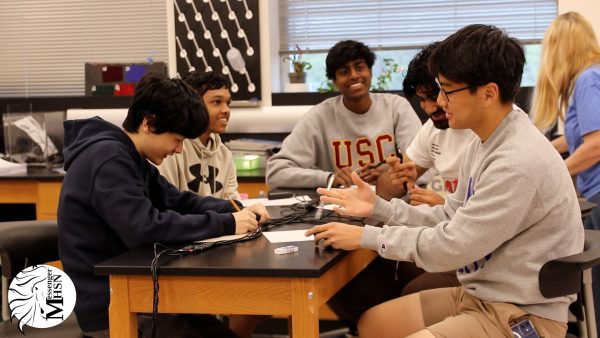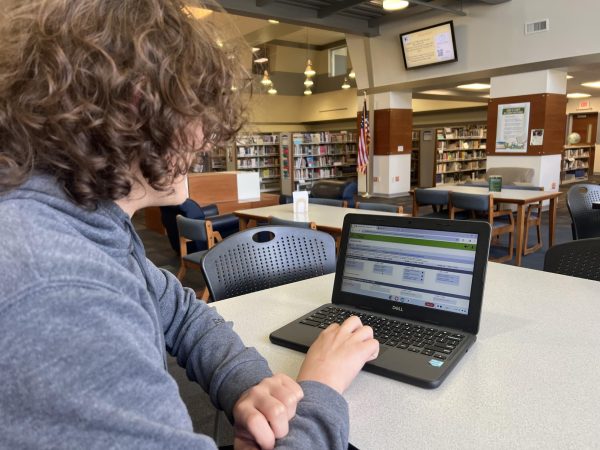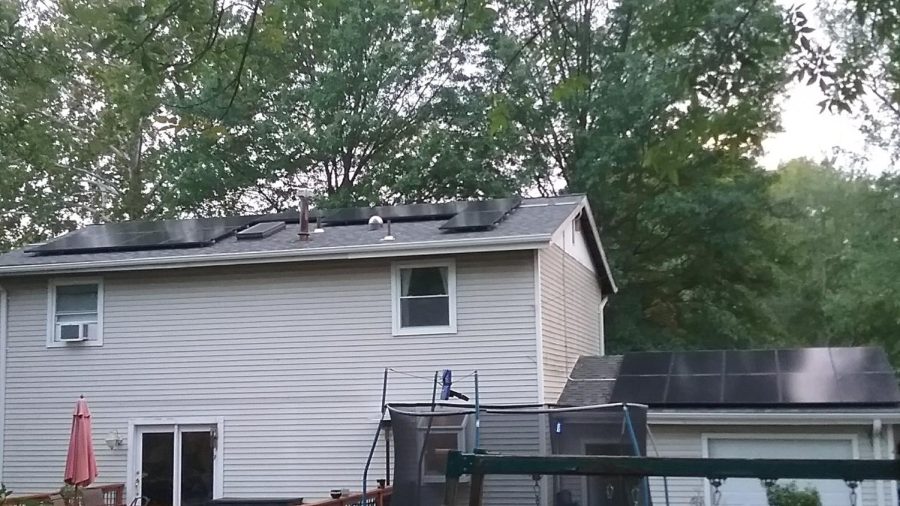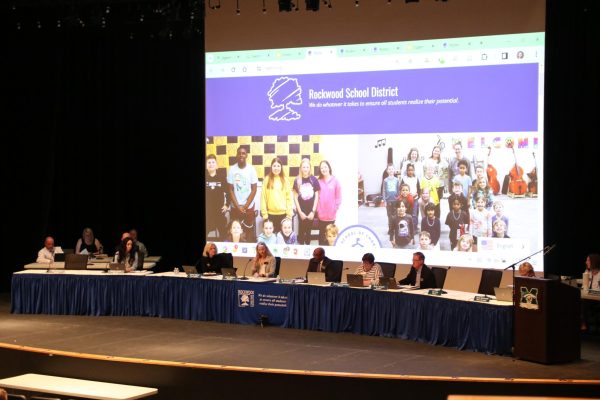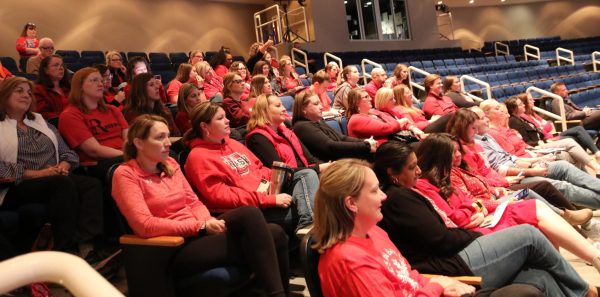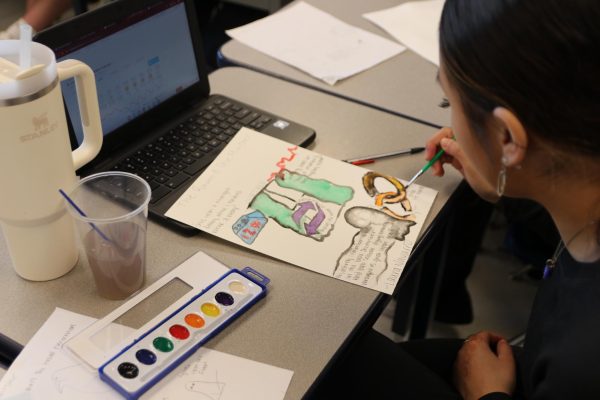Solar Energy Becomes Exceedingly Popular in Local Buildings and Schools
Media by Kevin Koch
Kevin Koch, AP Environmental Science teacher’s solar array on his house.
In local districts and communities, solar energy has become increasingly popular.
In 2013 the Parkway School District began a solar project that installed 100 solar panels on each of the district’s 33 buildings in order to reduce greenhouse gas emissions and the overall carbon footprint of the district.
“As a large school district, we have a unique opportunity to make a big difference because we use a lot of energy,” Hannah Carter, Parkway sustainability coordinator, said.
Having solar panels extends beyond just going green, as it also saves the district money on utilities.
In order to make their solar project more affordable, Parkway started out leasing solar panels instead of buying them entirely. Ameren offered them rebates that reduced the price of the panels, Carter said.
Carter said that after the first year, the amount of money saved in electrical expenses already outweighed the cost of leasing the solar panels..
Ameren buys the unused energy that the district creates and the money saved goes toward buying more solar panels. Annually, Parkway has saved approximately $130,000 with their solar panels.
We know that there is a climate crisis and it is probably the biggest crisis of our generation and especially for the generations of students that we are serving right now. It will be their top priority as they move forward.
— Hannah Carter
“We were and still are very proud that we, at the time, had the largest solar installation in the state of Missouri,” Carter said. “We know that there is a climate crisis and it is probably the biggest crisis of our generation and especially for the generations of students that we are serving right now. It will be their top priority as they move forward.”
Parkway is a leading district in solar power for Missouri, but is only one group of many that is turning to solar power. Kevin Koch, AP Environmental Science teacher, is one of many homeowners who has decided to get solar panels.
Koch said that he mainly wanted to reduce his carbon footprint with solar panels, which generate about 55-60 percent of his total electrical usage per year.
“Which is cost-saving as well and environmentally beneficial,” Koch said.
Koch said he bought his solar panels approximately three years ago, and they have prevented 24,000 pounds of carbon dioxide from being released into the atmosphere, which is equivalent to planting 182 trees.
In the next few years, the effects of climate change will have a profound impact on local communities in Missouri, Koch said.
“The increase in development increases runoff that will increase discharge into rivers that will increase flooding events,” Koch said.
Koch said we have already begun experiencing the brunt of changing atmospheric conditions because of greenhouse gasses.
“Think about a few years ago when we had the 4-5 days off because of the flood days in May, and then two years prior to that at the end of winter break we had other flood days,” Koch said
Annemarie Nauert, renewable energy program supervisor at Ameren Missouri, said Ameren Missouri is trying to offer more affordable ways for nonprofit organizations, including schools, to get solar panels.
Ameren will install and pay for solar carports in parking lots and other open areas. The energy produced in these solar carports goes straight into Ameren’s grid, allowing for more renewable energy to circulate.
The increase in development increases runoff that will increase discharge into rivers that will increase flooding events.
— Kevin Koch
“Solar is part of an overall solution to grid reliability, customer affordability and moving toward sustainable energy,” Nauert said.
Bill Branson, RSD maintenance and grounds coordinator, said Rockwood has been using new strategies to be more environmentally friendly.
“Roof systems are upgraded with better insulation, higher efficiency HVAC systems, HVAC control systems, energy-efficient boilers, lighting systems, energy-efficient appliances and technology, as well as water-saving strategies such as ‘smart’ irrigation systems,” Branson said.
Branson said techniques like these have a far better return on investment than solar panels would. The District has considered solar power a few times over the years but it has never gone further than the planning phase.
Branson said the maintenance of solar panels and the roof below is a big reason why RSD has strayed from getting solar panels.
“Solar panels and their supports can get in the way of locating and repairing roof leaks. If a roof system replacement is planned, then the panels have to be removed, stored, then put back in place when the job is complete. This adds a significant cost to a roof replacement project,” Branson said.
Your donation will support the student journalists of Marquette High School. Your contribution will allow us to purchase equipment and cover our annual website hosting costs. You may become a PATRON by making a donation at one of these levels: White/$30, Green/$50, Blue/$100. Patron names will be published in the print newsmagazine, on the website and once per quarter on our social media accounts.

Willem Hummel, Senior is a News Editor for the Marquette Messenger. This is his third year on staff, he has been involved in the Track Team, and Cross...



